In a recent US Air Force experiment, an AI algorithm generated attack plans about 400 times faster than human strategists.
This information was announced by Major General Robert Claude at the Air Force, Space and Cyber conference organized by the US Air Force Association. In addition, these plans can be effectively applied in real combat, but still need to be reviewed because there are still plans with errors.
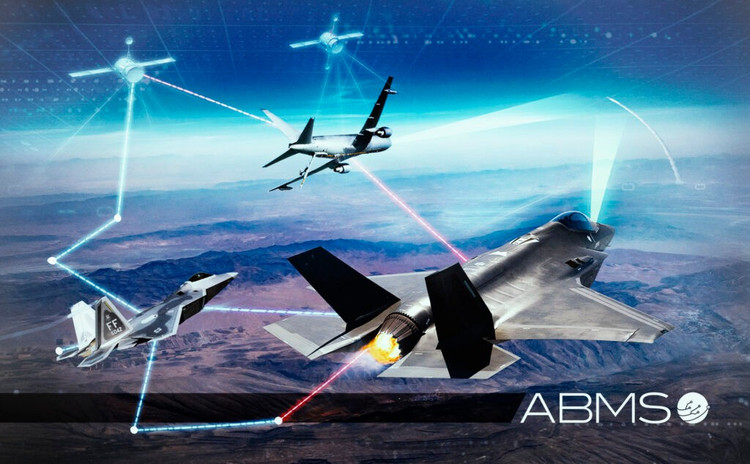
Artificial intelligence plans air combat extremely quickly, although there are still errors. Photo: ABMS/USAF
In the DASH-2 exercise, the AI was asked to come up with detailed “Creations of Action” (COAs) on how to attack a given set of targets with a given set of aircraft and weapons. While staff officers using traditional methods generated three COAs in about 16 minutes, the AI tools generated 10 COAs in “about eight seconds.”
Major General Robert Claude, currently serving as the assistant to the Chief of Staff of the U.S. Air Force, is also a member of the joint Air Force/Space study group on the Advanced Battle Management System (ABMS).
A quick calculation shows the average speed of these two rates: AI produces 1.25 COAs per second, while humans produce one COA every 5.3 minutes. That's a 400x difference.
That's significantly faster than the first experiment, called DASH-1, which took place in June. The Air Force claimed at the time that the AI sped up the planning process "seven times" — without making more mistakes than humans.
However, the general said that the most carefully planned clicks, if well controlled, would greatly limit errors.
In DASH-2, General Claude said, “Although it was much faster and there were more COAs generated, they were not necessarily fully viable COAs because it still needed to be re-tested.”
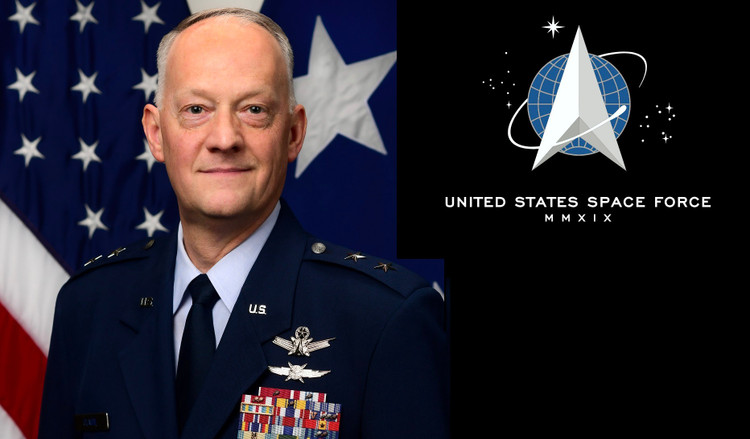
Without going into details, he said the errors were subtle: mostly a result of not using the right sensors for specific weather conditions. Of course, subtle errors are harder to spot and require more human expertise to fix.
The lesson that General Claude pointed out was: “The important thing going forward is that, although we are getting results faster and more results, there is still going to be a need for human involvement in the near future to make sure that it is all available for the commander to make decisions.”
However, Claude believes that future versions of the AI planning assistant could reduce the error rate to a minimum. The name DASH stands for "Decision Advantage Sprint for Human-Machine Teaming," and true to both "dash" and "sprint," DASH's focus is on speed, with participating software development teams having just two weeks to build custom planning tools.
“Obviously it all comes down to how they build the algorithm. You have to make sure all the right factors are included,” Claude said.
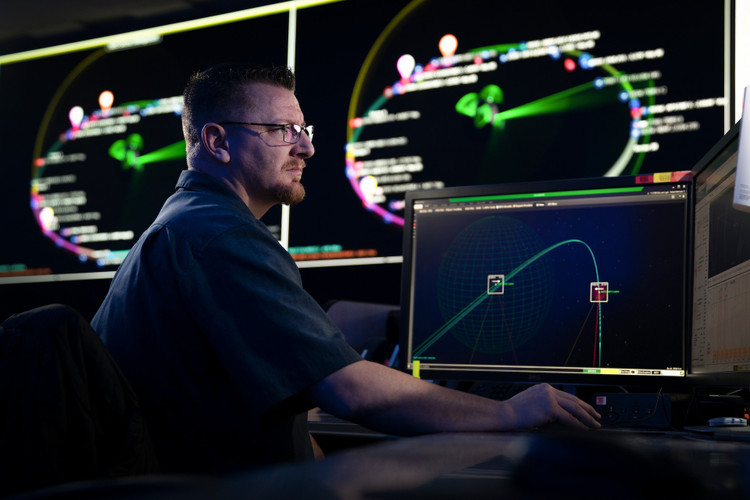
Operators use AI to plan an air attack during an exercise. Photo: USAF
In a two-week planning sprint, there won't be enough time to build all possible options using traditional methods alone.
So the AI option is an acceptable trade-off for a quick experiment to explore the art of dogfighting.
The US Air Force's third and final DASH exercise of the year took place at the Nellis Operations Center in Las Vegas.
The general was deeply impressed by the sheer amount of information that Air Force planners in the exercise, known as battle managers, had to process.
General Claude praised their results, saying: “The operators gave me an eye-opening observation and experience … from the perspective of a battlefield manager. If we succeed in achieving good human-machine coordination, it will have great tactical value.”
Source: https://khoahocdoisong.vn/ai-giup-khong-quan-my-lap-ke-hoach-chien-dau-sieu-toc-can-kiem-duyet-post2149056690.html



![[Photo] Bustling Mid-Autumn Festival at the Museum of Ethnology](https://vphoto.vietnam.vn/thumb/1200x675/vietnam/resource/IMAGE/2025/10/4/da8d5927734d4ca58e3eced14bc435a3)

![[Photo] Solemn opening of the 8th Congress of the Central Public Security Party Committee, term 2025-2030](https://vphoto.vietnam.vn/thumb/1200x675/vietnam/resource/IMAGE/2025/10/4/f3b00fb779f44979809441a4dac5c7df)

![[Photo] General Secretary To Lam attends the 8th Congress of the Central Public Security Party Committee](https://vphoto.vietnam.vn/thumb/1200x675/vietnam/resource/IMAGE/2025/10/4/79fadf490f674dc483794f2d955f6045)

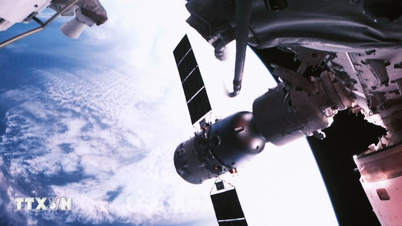




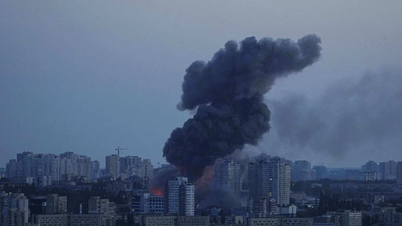
![[INFOGRAPHIC] Ricoh GR IV "Street Warrior" returns](https://vphoto.vietnam.vn/thumb/402x226/vietnam/resource/IMAGE/2025/10/4/253d8aa5753b4d9598a544448f716b47)


































![[VIDEO] Summary of Petrovietnam's 50th Anniversary Ceremony](https://vphoto.vietnam.vn/thumb/402x226/vietnam/resource/IMAGE/2025/10/4/abe133bdb8114793a16d4fe3e5bd0f12)

![[VIDEO] GENERAL SECRETARY TO LAM AWARDS PETROVIETNAM 8 GOLDEN WORDS: "PIONEER - EXCELLENT - SUSTAINABLE - GLOBAL"](https://vphoto.vietnam.vn/thumb/402x226/vietnam/resource/IMAGE/2025/7/23/c2fdb48863e846cfa9fb8e6ea9cf44e7)















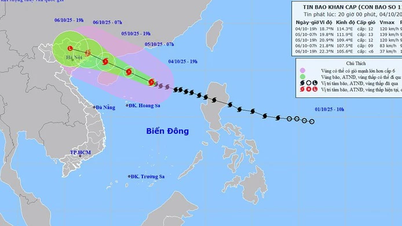

















Comment (0)